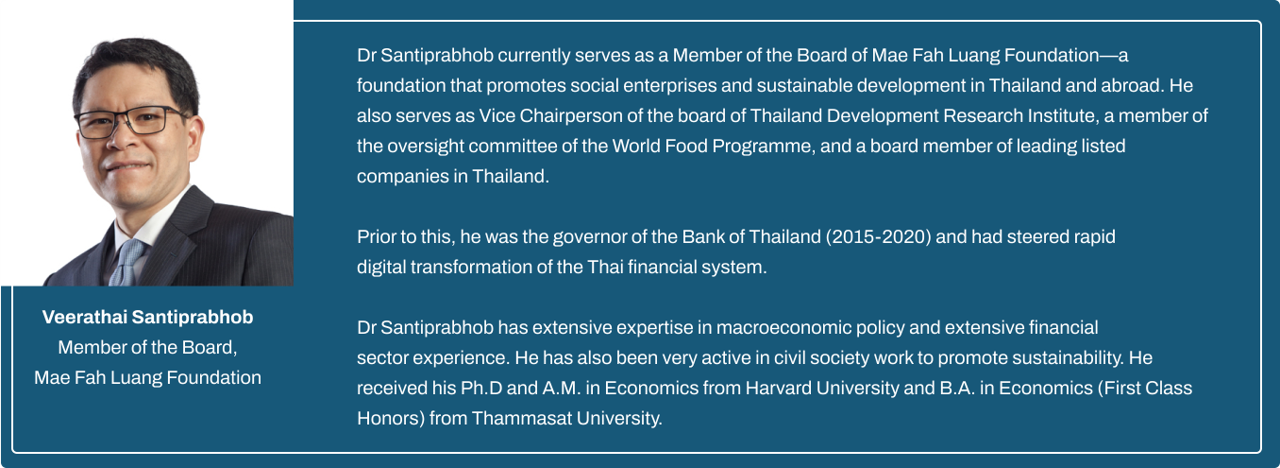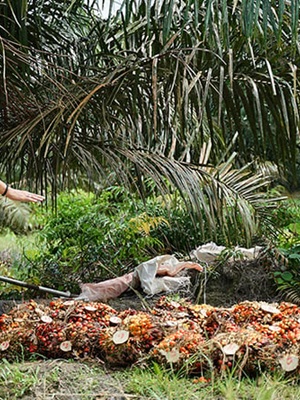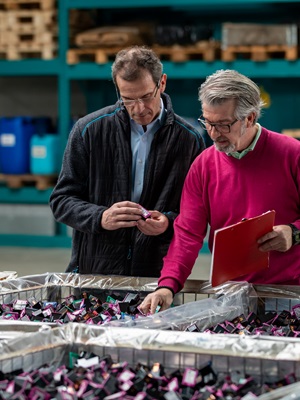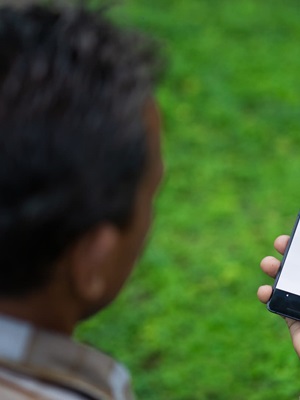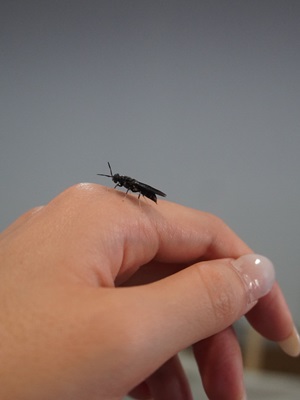The world's current economic system operates on a take-make-dispose model, which inevitably leads to more waste. Combined with improper waste disposal, this linear economy is taking a toll on our environment, notably contributing to the worsening plastic pollution crisis.
As plastic production soared from two million tonnes in 1950 to 460 million tonnes in 2019, marine plastic pollution has worsened with it. Research points to single-use plastic packaging as the main culprit in plastic pollution, as it accounts for approximately 47% of plastic waste generated globally.
The business case for single-use plastic packaging is undeniable—it's cheap, versatile, and can last for thousands of years. However, the qualities that make it ideal for mass production and preservation are the very same reasons why using it is problematic. Its low value makes it challenging to resell and recycle.
Transitioning from a linear to circular economy
The science is clear that plastic pollution can harm many species, affect carbon cycling, and contribute to climate change, but what does it take to end it.
Set to be finalised by the end of 2024, the United Nations Environment Assembly’s resolution for a global treaty to end plastic pollution would mark the first legally binding global effort to address this pressing environmental issue.
One approach to using plastics wisely and reducing waste is transitioning to a circular economy. Essentially, this concept involves creating a system where items like packaging and containers can be collected after use and turned into new items over and over again.
A plastic circular economy redefines the production and consumption of this material so that businesses can achieve positive economic, social, and environmental outcomes. It covers everything from choosing ideal raw materials and designing products to managing recycling and implementing environmentally safe waste management.
The economic benefits of effective resource management in a circular economy are substantial. It could potentially generate between nine to 25 million jobs and save private investors up to US$2.9 trillion annually by 2030 from capturing the resource productivity potential.
However, to achieve a plastic circular economy and reap its benefits, businesses, governments, and the general public must take the necessary collective actions.
Actionable steps to building a plastic circular economy
There has been much talk about recycling plastics, but we can’t simply recycle ourselves out of this deep-rooted problem. These actionable steps will drive the shift to a true circular economy and end plastic pollution more efficiently.
- Rethink existing product designs and delivery models
It starts with redesigning products to minimise material usage and ensuring fully recyclable packaging. For instance, leading beverage companies in the US are incorporating more recycled plastic in their 100% recyclable containers, leading to the conservation of hundreds of millions of pounds of raw materials.
In many Asian countries, personal care and home care products typically come in single-use sachets. According to a World Bank report, it has been estimated that the Philippines consumes 163 million single-use sachets per day.
Recognising this issue, the Sea Waste Education to Eradicate Plastic (SWEEP) project launched a pilot initiative in 2018. It involved the installation of micro-refilling systems for fast-moving household goods in eight small convenience stores in the Philippines. Because reusable or repurposed containers were used, the demonstration project prevented the use and disposal of 45,000 pieces of plastic in seven months, highlighting a viable alternative delivery model.
- Take an inclusive approach
Building a circular economy requires the active involvement of governments, businesses, non-profits, and individuals. An inclusive approach allows all voices to be heard and ensures that courses of action are attuned to market realities.
By enhancing stakeholder engagement and securing commitments throughout the value chain, plastic pollution can be addressed on a global scale. Examples of this collaborative approach include national and global alliances between governments, corporations, and civil society groups, such as the Global Plastic Action Partnership, Alliance to End Plastic Waste, and the Public-Private Partnership for Sustainable Plastic and Waste Management in Thailand.
- Increase awareness and highlight the benefits of a plastic circular economy
Besides the environmental benefits of a plastic circular economy, it also creates new jobs, opens new markets for recycling, and contributes to local tax revenue. Promoting awareness of these multifaceted advantages creates a demand for products made with recycled materials.
When consumers actively choose sustainable products and there’s a strong end market willing to pay a fair price, businesses will be more incentivised to implement sustainable practices.
- Implement policies that drive change
Policy plays a pivotal role in accelerating the shift towards a plastic circular economy. Having the right policies in place creates a conducive environment for changing the way plastics are designed, used, recycled, and disposed of.
One example is the government of Indonesia’s collaboration with the Global Plastic Action Partnership to achieve a 70% reduction in marine plastic debris by 2025. As part of its five system changes, the government pushes for the redesign of plastic products and packaging to be more suitable for reuse or high-value recycling.
The Philippines also started enforcing its Extended Producer Responsibility law in 2022, which encourages plastic waste reduction by eliminating unnecessary plastic packaging, developing recyclable packaging, and recovering plastic packaging for reusing or recycling. Similarly, in the US, lawmakers reintroduced a federal plastics pollution act, with several states proposing legislation on extended producer responsibility packaging.
More recently, in 2023, the EU took decisive steps to combat plastic pollution by limiting the use of single-use plastics and improving eco-design standards through a provisional agreement.
Taking a Stride Towards a Plastic Circular Economy
Science has provided clarity on plastic pollution and the necessary steps to address this environmental issue. Now, it must serve as a guide in developing solutions, particularly in the design and production of sustainable plastics.
Although there’s still a long way to go before a plastic circular economy is adopted globally, successful implementation of science-based solutions, efforts to increase awareness, supportive policies, and collaborative efforts towards sustainable practices will represent significant strides towards this goal.
Ultimately, a plastic circular economy promises not only a cleaner environment free from pollution but also a positive ripple effect on the broader environmental issues of climate change and biodiversity loss.
Posted 04/07/2024
